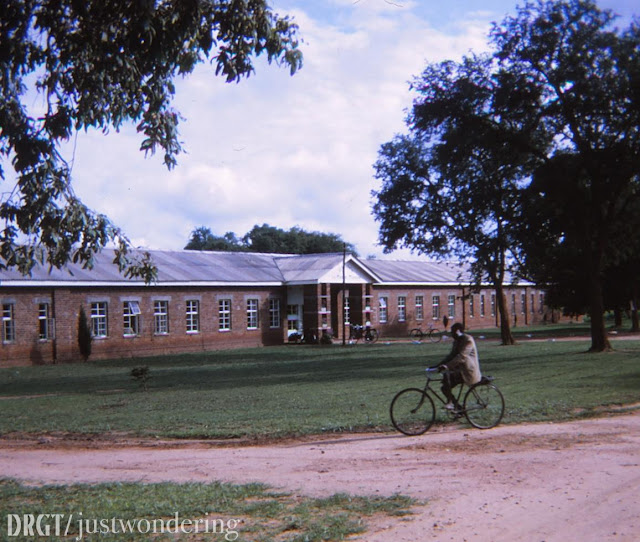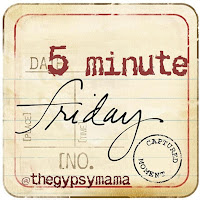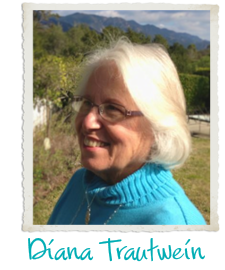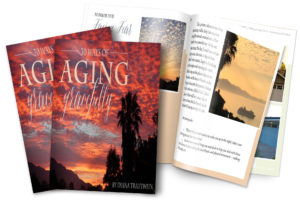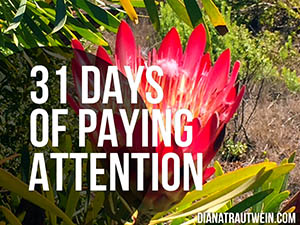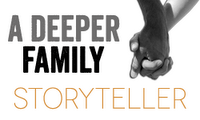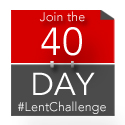I have a love-hate relationship with the wind.
It’s a California weather feature that no one talks about very much.
You hear about the sunshine. Or the smog. Or the fog.
But the wind?
Not so much.
But it’s here and it’s sometimes huge.
When it comes in the dark of night, howling through the canyons,
I detest it.
Sleep becomes impossible, yard furniture tumbles across the lawn,
tree branches click against the windows, power flickers,
often going out for hours.
Demons can loom large in such weather.
When it comes in the light of day,
and the day is hot and the season is dry,
I fear it.
Wildfires are endemic to this climate and they are terrifying.
Massive damage in moments,
families displaced, memories lost, even lives,
if it’s bad enough and fast enough.
But when it comes in the middle of winter,
as storms are brewing and blooming,
the wind is an entirely different thing.
It’s a friend, a welcome, bracing blast of cold, clear air.
And I remember what it felt like when I was an early adolescent,
old enough to be taller than almost everyone I knew,
but young enough to allow a rich imaginative life.
We had a back porch that was nothing more than a steep staircase with a landing.
We had milk delivered to that porch, twice a week,
and I often put the empties out in the case
to be picked up in the morning.
When the wind blew in the wintertime,
I would go out to check on the bottles,
imagining that they might be lonely or frightened,
and I would tell them that everything would be all right.
And I would stand up tall, spread my arms,
lean my head back and close my eyes,
and present myself to the force of that wind,
standing bare before it, willing it to blow me over.
And it never did.
Instead, it reminded me that there was much in this life
that is so much bigger than I am,
and beyond any feeble ability of mine to control.
I was reminded of that feeling yesterday,
and it was wondrous.
I took a walk on the bluffs, following the paths to Coal Oil Point Reserve.
And the wind was blowing mightily.
My jacket zipped to my chin, a brimmed hat holding wispy hair
firmly in place, I walked in wonder,
dressed from head to toe,
yet bare before the beauty.
Bare.
I’ve been feeling overwhelmed by my life of late,
trying hard to control all the pieces that are coming together
in this month of February.

I am back at work for three months,
something I never planned, nor even thought about,
to tell you the truth —
yet here it is.

My mother will move to my community next weekend,
and various family members will help me make that happen.
That’s not something I planned, either,
even though I have done all the legwork,
checked out the options,
taken my mother to see them all.

Still, I didn’t plan to have to care for her in these late years of her life.
I didn’t plan for her to have dementia.
I didn’t plan for her to lose her eyesight,
her son, her self.
But here we are.
Why, I wondered, did I say ‘yes’ to this job right now?
Am I crazy?
(Don’t answer that.)

I’ve been laying out Lenten services for the last couple of weeks,
enjoying the feel of it, not sure about the weekly commitment
of leading them all, but pondering, with what I hope is an open spirit.
Yet I haven’t felt any strong confirmation that
this decision was one I should have made,
thinking only it is one I have made.
Yesterday’s walk opened something in me.
I guess that’s what being bare can do, isn’t it?
Standing on the edge of a cliff, the wind blowing wildly all around you,
staring off into the wonder and beauty and complete untame-ability
of this world — well, that can strip away a lot of things.
So, as I got in my car to drive home,
after taking these pictures, and saying, “Thank you! THANK YOU!!”
with my arms outspread, my head bent back, my eyes closed —
after that. . .
I drove down the ramp to the 101 Freeway,
I thought about the intense privilege it is to be
asked to pastor anyone, anytime, anyplace,
and tears of gratitude spilled.
I GET to do this.
I am invited to do this.
I am welcomed to do this.
I do not, in any way, have to do this.
I cannot put into words what a gift that experience was to my roiling
spirits and troubled heart.
What’s happening in my life right now
IS beyond my control. It just is.
But it is not beyond God,
it is not beyond hope,
it is not beyond wonder,
it is not beyond joy.
It is gift.
ALL of it.
Thank You.
Joining late with Lisa-Jo’s community over at the 5-Minute Friday link-up. Five minutes took me to “beyond any feeble ability of mine to control.” Another ten minutes took me to the end of the words. The pictures and the techno stuff with formatting?
Well that took another 45 or so.
I just read this through, after plowing through HTML to figure out why the font keeps shrinking every time I insert a picture. Finally, the preview matched the draft. And as I read, I wept again — grateful for the windy day, even more grateful for the ways in which God chooses to reveal love and grace to me, despite my anxious heart and control-freak nature!!
adding this tonight to the Monday crowd – Michelle, Jen, Laura and Ann – with thanks for the invitation to think about how God is working in us, how we’re learning through play, and how gratitude changes everything.









































































